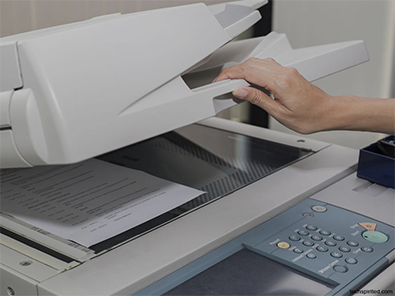How Tax Time Can Be an Opportunity to Boost Sales
This guest blog was contributed by Joe Terfler.
In the imaging equipment space, the majority of equipment is financed under rental/cost-per-image agreements. These agreements allow the equipment vendor to better manage long-term customer relationships, as the agreements typically allow for the return of the equipment at the end of the term. While the imaging equipment market favors these agreements, another approach that takes advantage of accelerated depreciation can benefit certain customers and possibly drive sales that might otherwise not happen. This is particularly true at year’s end.
Under rental agreements, the customer’s income tax deduction for the year will most often be limited to the total payments made under the agreement during the tax year. This is so because the rental agreement is typically deemed a true lease for tax purposes, with each lease payment being considered a deductible operating expense when paid (or, in some instances, when due). If the transaction can be structured so that the customer owns the equipment at the end of term (e.g., through a $1 buyout lease), then the initial tax deduction for the customer can be dramatically increased.
The $1 purchase-option lease is treated as a sale for income tax purposes, rather than being treated as a lease. The customer is entitled to depreciate the equipment for income tax purposes, which can result in a greater deduction than the actual lease payments in the first year(s) of the lease. More significant, however, is the fact that the customer’s cost of the equipment may be recaptured (i.e., deducted) by using Section 179 of the Internal Revenue Code.
Under Section 179, a taxpayer may take an outright deduction for the full purchase price of depreciable equipment, subject to certain limitations. If your customer would benefit from a Section 179 deduction, the $1 purchase-option lease may be a way to push a sale over the hump. As noted above, this approach means that the customer would own the equipment at the end of the term, which may not always be best from the dealer’s relationship perspective. Moreover, it may raise questions around, “OK, what is my equipment cost?” (as that drives the deduction amount) or, “What is the interest rate on this deal?” (as part of the payment then becomes interest – and part of it principal).
While Section 179 is not going to be a solution to every year-end sales effort, it can make sense in many situations. If you would like to learn more about the approach, don’t hesitate to call your leasing company representative. As the tax laws are currently written, the value of Section 179 and 50 percent bonus depreciation is scheduled to be reduced and eliminated, respectively, in 2014, so 2013 may be your customers’ last chance to make a purchase that takes advantage of these current incentives.
NOTE: This article is not intended to convey tax advice. We are not tax advisors. IRC Section 179 has some rather complex limitations that customers will need to consider with their own tax advisors. Customers should always be encouraged to consult their own tax advisors to confirm the tax consequence of their business transactions.
Joe Terfler

Posted on 11/08/2013


